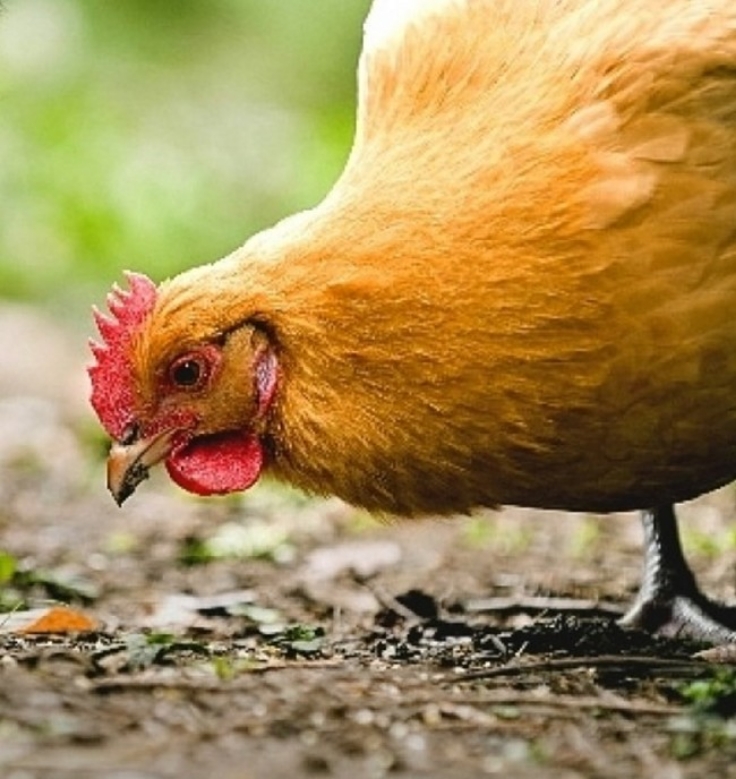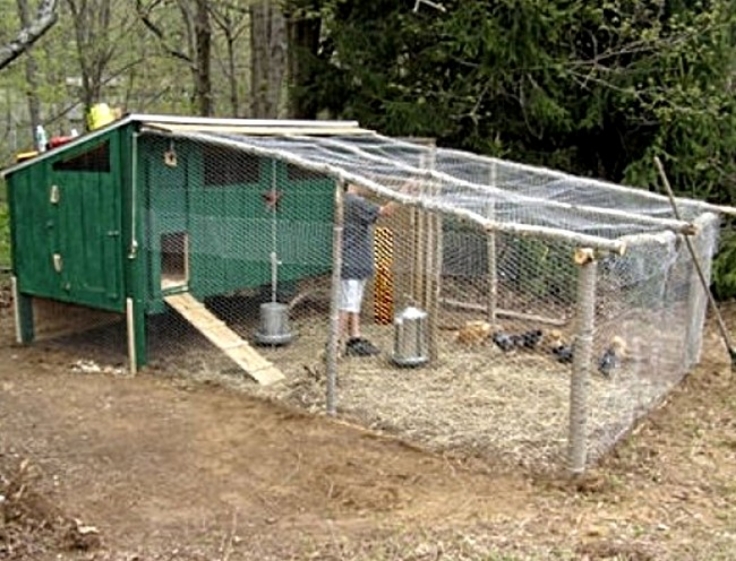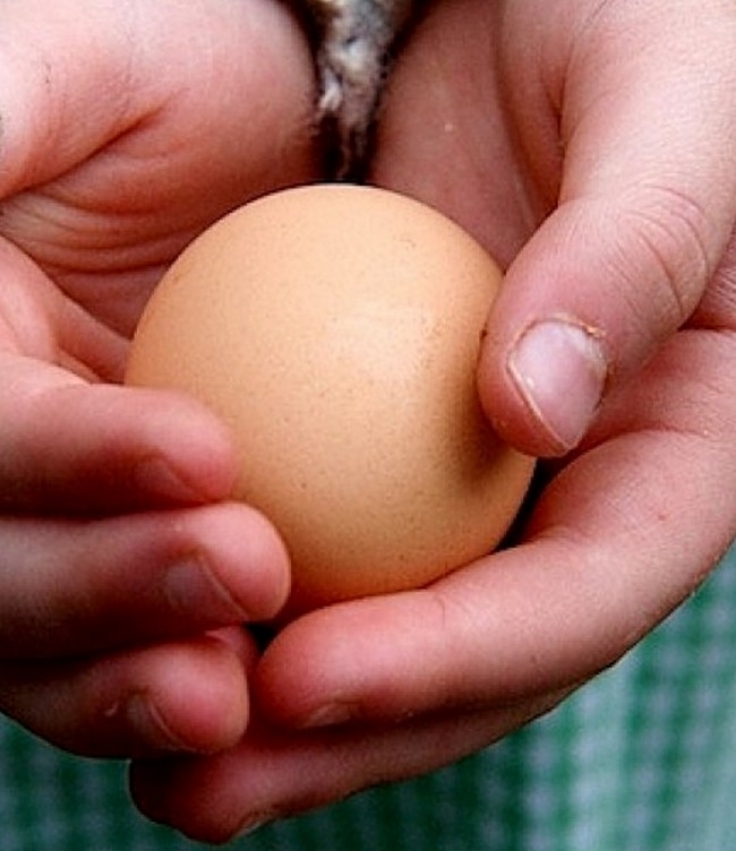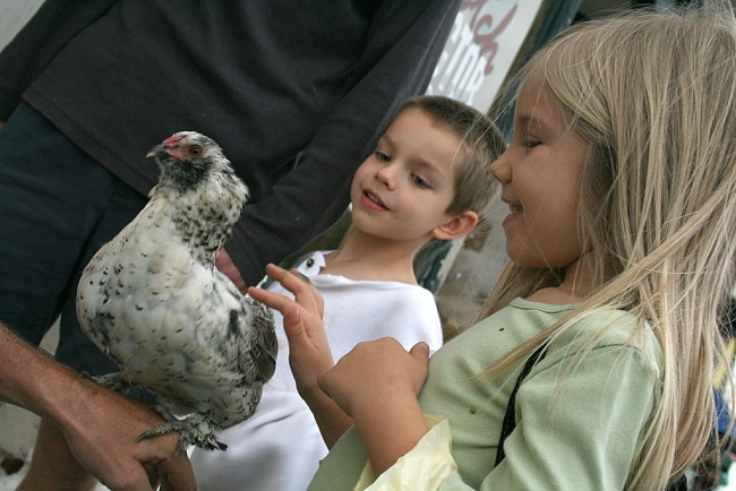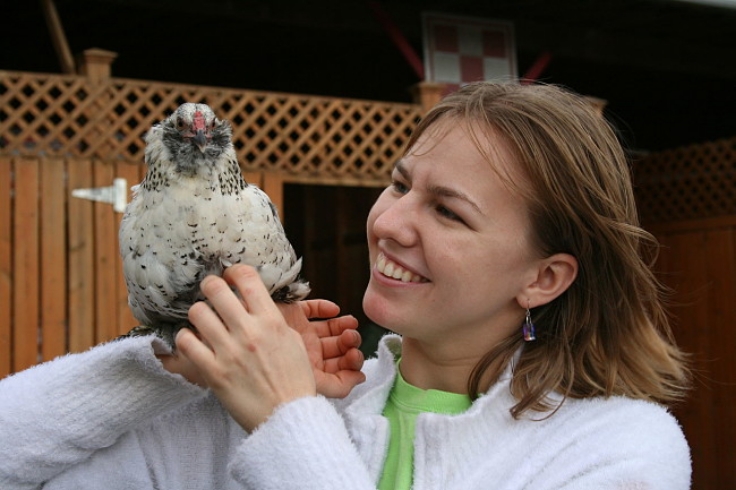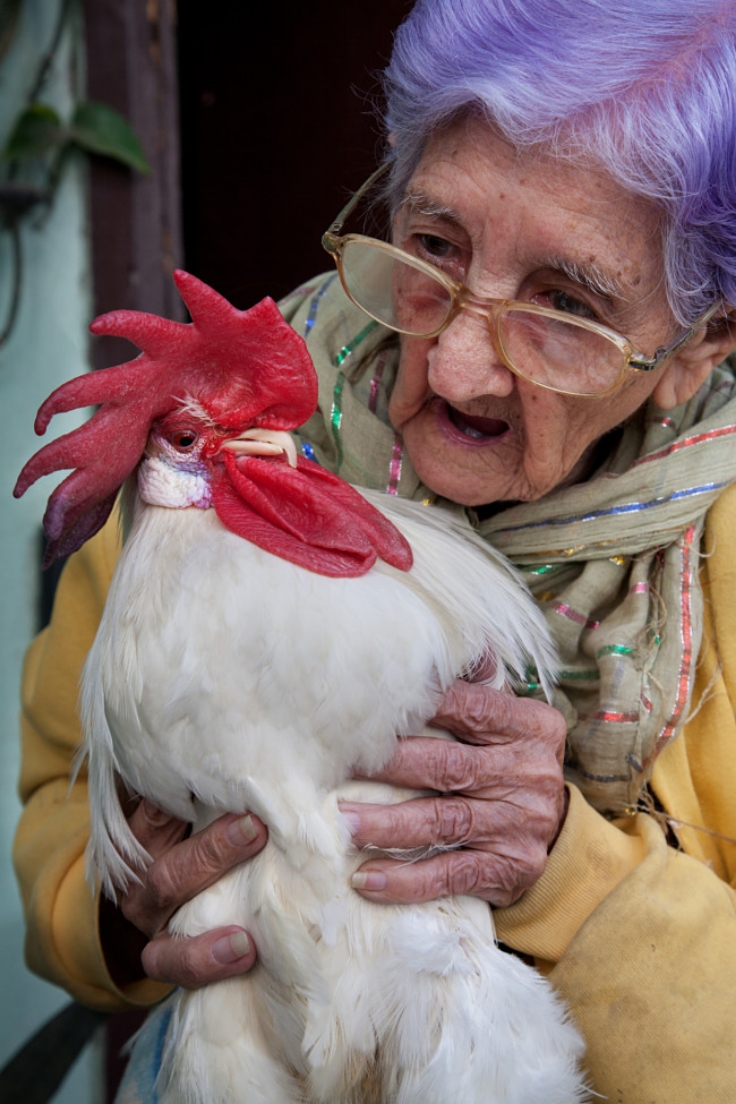Raising Chickens for Eggs, Meat, Gardens, Plus Showing, Family Fun, Education
Raising chickens in the back yard may seem a great idea, but you need to do your homework and think carefully about all the issues before the eggs hatch or you buy some baby chickens or adult birds.
It is important that new chicken raisers have all of the equipment, yard and various items and in place before the fluffy balls of feathers arrive in the cardboard box. You need to have a very clear idea about why you are doing it.
Is it for recreation and education for the kids? Is it for the eggs? Is it for meat? Is it for breeding and showing special breeds?
You need to do a lot of reading and talking with people who raise chickens for similar purposes in your are, hopefully for similar objectives.
This article is designed to provide an introduction to get you started in the delightful pastime of raising chickens in your backyard.
Apart from producing eggs and meat, chickens make fabulous family pets and are great for recycling kitchen scraps and controlling pest in the garden. Chickens are key components for permaculture and other self-sufficiency and sustainable living initiatives. They are wonderful for kids as many parents will attest. There are few other pets that provide food and recycling in exchange for your love and attention in looking after them. Kids love to feed the chickens, collect the eggs and play with them in the backyard. If you live in urban areas your children can experience nature and it teaches them responsibility and to understand where food comes from.
Raising chickens also teaches the family about sustainable living, recycling and effective use of restricted resources. It makes a lot of sense that urban people who have the space should start producing there own eggs and growing their own vegetables. With a little more space the principle of permaculture encompass sustainability in its most highly developed form.
Raising Chickens for eggs or meat can be simple to do once you have set up your run and your hen house or chicken coop. There is very little to do apart from some simple maintenance if you get the set up right from the start. Chickens will become your main organic waste disposal unit for most your food scraps. Chickens love to eat just about anything including meat and vegetable scraps and lefts from meals and food preparation. Use a bucket to collect all your scraps from the kitchen and spread them around in your chicken run. Your birds will transform the scraps into wonderful fertiliser for your garden. If you have a vegetable garden or other gardens the chickens will process all the weeds into green mulch. Chickens love all the green feed and something to scratch about.
Many people let their chickens out of their runs during day to explore the rest of the backyard, but they need to be taken in and protected at night.
What You Need and How to Get Started
Shelter
The ideal enclosure for chickens should firstly have a coop - a place where they can roost and remain safe from predators, and a run - an area outside for feeding and scratching. The coop is usually made out of galvanised iron, timber or some other waterproof material with a roof. This provides the chickens with shelter from the weather at night, particularly during the winter months.
Each laying chicken needs a minimum area in the coop of about half a square metre or 2 square feet. The coop should contain several nest boxes. Generally about one nest for every five chickens will be enough, however hens tend to lay eggs wherever they like and once they start they will usually continue in the same spot.
Ideally the chicken run should be in a sunny spot, with some shade so that the chickens can scratch around in the sun. A chicken run can be simply made from poles and wire netting and remember to add a netting roof over the run. The wire should be buried to a depth of around 30cm (one foot) to keep predators out. You should do this in urban areas to keep dogs and cats out. Predator species such as foxes can occur in urban areas. This minimizes the risk.
Many people let their chickens out of their runs during day to explore the rest of the backyard, but they need to be taken in and protected at night.
Chickens are remarkably resilient and tolerate winter weather very well if they have a good coop and do not get wet. But they must have water that's not frozen to drink. The coop needs to be warm enough so as to not stress the chickens
It is important the coops have adequate ventilation to prevent high humidity and stale airdeveloping inside the coop. This can create an unhealthy environment and increase the risk of disease.
Feeding
Chickens should be fed a balanced diet that includes grain base that is professionally formulated. This can ensure that they get the vitamins and minerals they need. Their feed can be supplementedwith a wide variety of things, such as insects, garden weeds and all sorts of kitchen scraps. For chickens to keep producing eggs, they need a balance of nutrients and amino acid, that are provided in the commercial feed mixes. There are various types of prepared feeds and layer pellets availablefor each stage in a chicken's life from baby chick to adult chicken in full laying production.
Provide a Run or Other Area for Chickens to Scratch
Provide some areas for scratching to keep them busy. Offer thechickens some scratch by distributing various combinations of corn, barley, millet and other grains available from the produce store. This boosts their metabolism in the morning andprepares them for the rest of the day, especially in the winter.
Health and Life span
Chickens should be wormed once every three months. You should check for lice and if detected spray the inside of the coop with Coopex or a similar control chemical. Always buy your chickens from a reputable breeders who will ensure the birds are vaccinated against the most serious diseases such as fowl pox, Marek's disease, Coccidiosis, Newcastle disease and infectious bronchitis (diseases will differ depending on where you live). Ensure you get your chickens from a reputable supplier who will have vaccinated the chickens for local diseases before you purchase them. Birds should also be wormed and deloused.
Choosing breeds
The blacks chickens are renowned for being the most placid and crosses are less trouble than pure breeds. The browns tend to be the most outgoing and friendly. The whites can be shy but regardless it depends on the breed and the way you handle the chickens. Varieties will vary greatly between localities. Crossbreds tend to be very hardy as they benefits from hybrid vigour and often produce more eggs than either of the parent breeds.
When Space is Limited
If space is limited you can choose the smaller bantam breeds and use a smaller coop and run. Virtually all chicken breeds have a bantam form that is about one-quarter the size of the original breed. Of course bantam eggs are smaller but they can still be used for virtually any purpose.
Egg Laying Potential Life
Generally hens in their first season will produce about 270 eggs per bird, declining to about 180-190 in the second season and then dropping faster in subsequent years.
The hens moult each Autumn and stop laying eggs. To maintain a continuous supply it is a good idea to stagger the ages of the chickens and to replace hens every year.
You can kill and use the chickens for meat after about three years but many owners get too attached to them and let them live the rest of their lives out in the yard.
Maintenance
Ordinary straw, which is cheap and widely available, is suitable as floor litter in the coop. The chickens will readily use straw to build their nests. You should clean the coop and rubbish in the run weekly. Wash and clean food and water containers every few days.
Caring for eggs
You should collect the eggs daily, or two or three times a day if the hens are laying frequently or the weather is hot.
Eggs should not be washed because there is a danger that the porous eggshells could absorb dirty water. Try to avoiding the issue of dirty eggs by simply keeping the coops and nesting areas clean and dry.
Poaching Fresh Eggs
One of the best ways of eating fresh eggs from your own chickens is to simply poach them in boiling water.
References:
See the Publications available from Utah State University Extension Service
